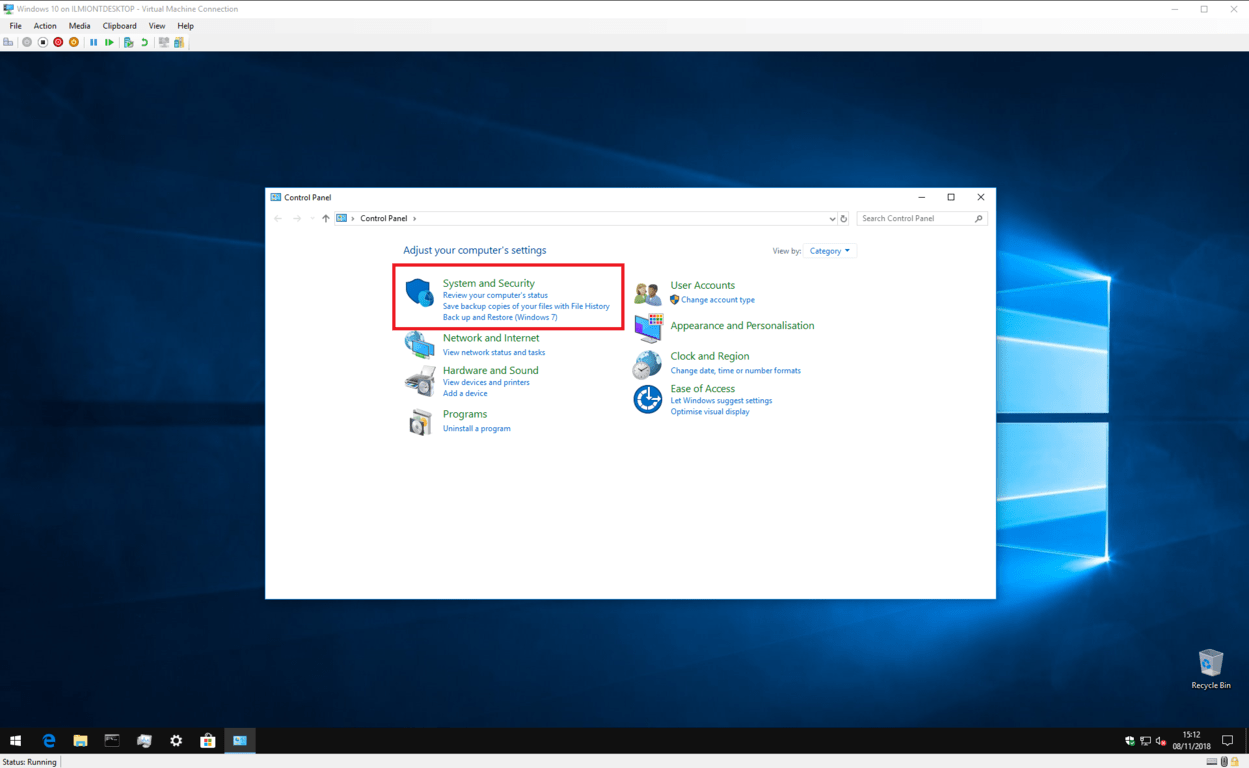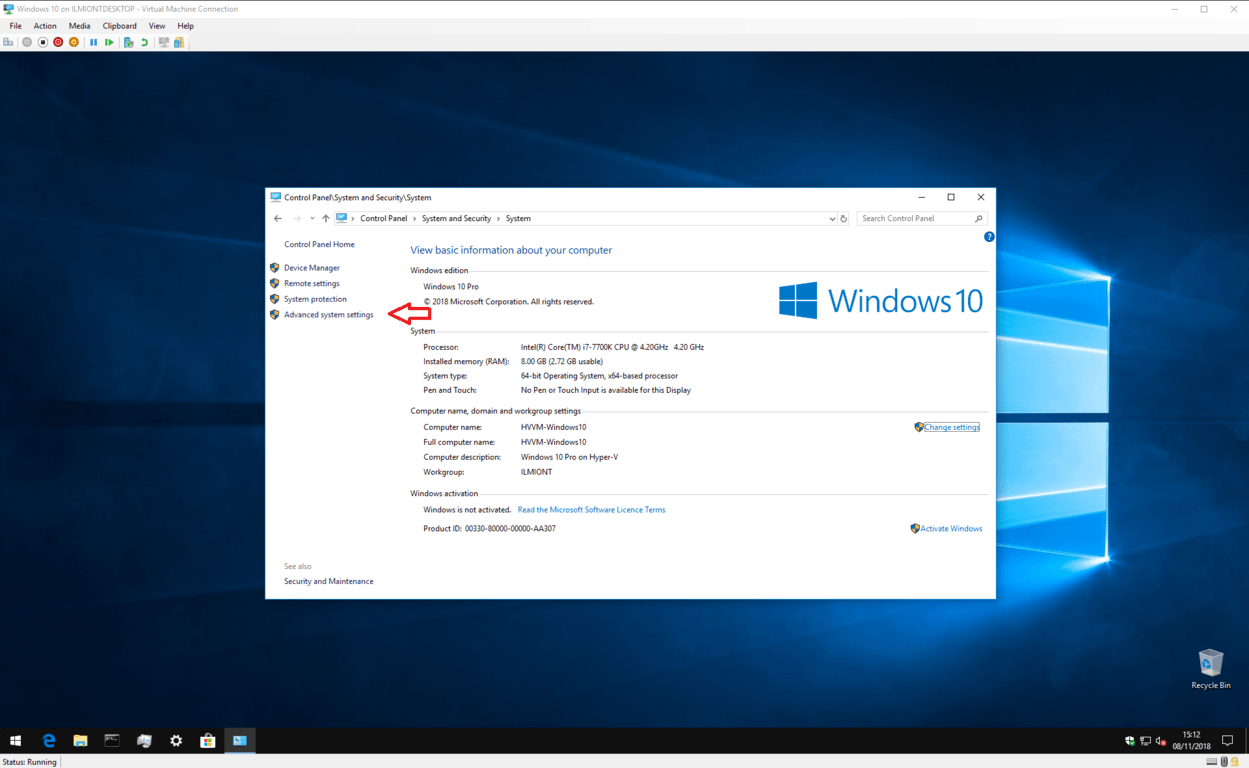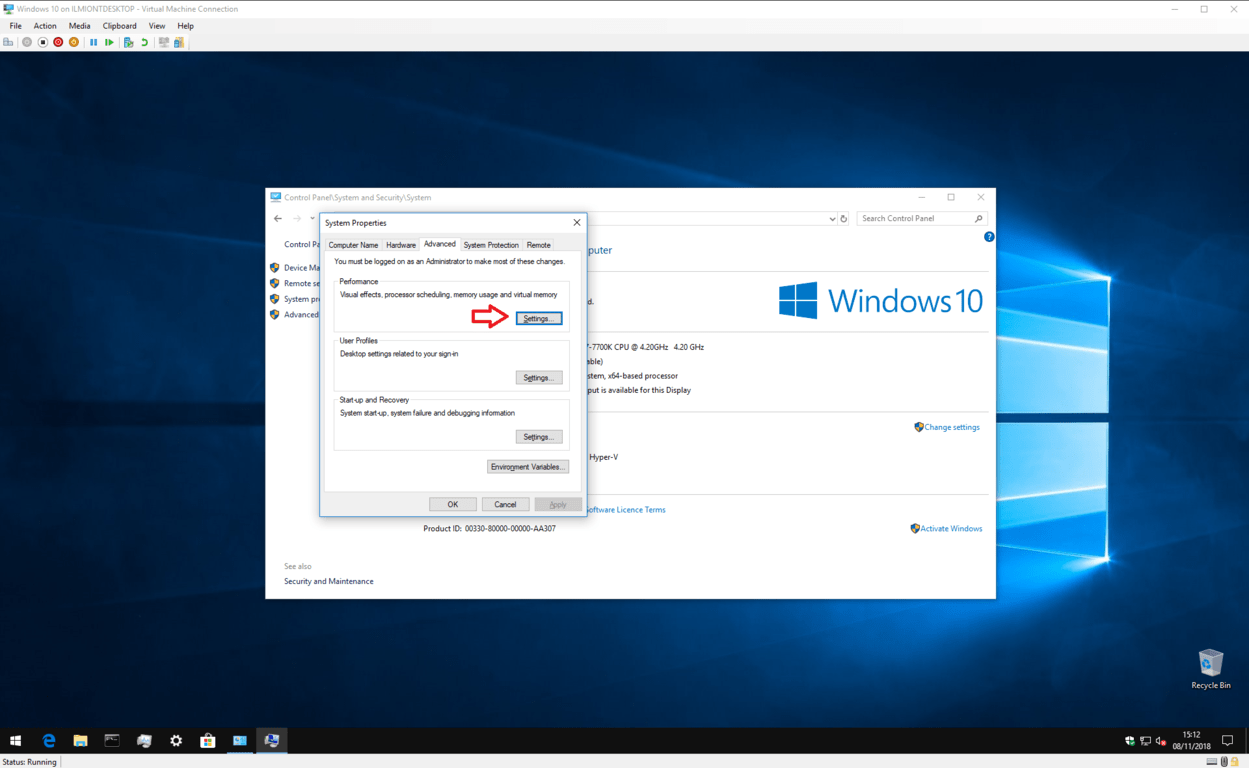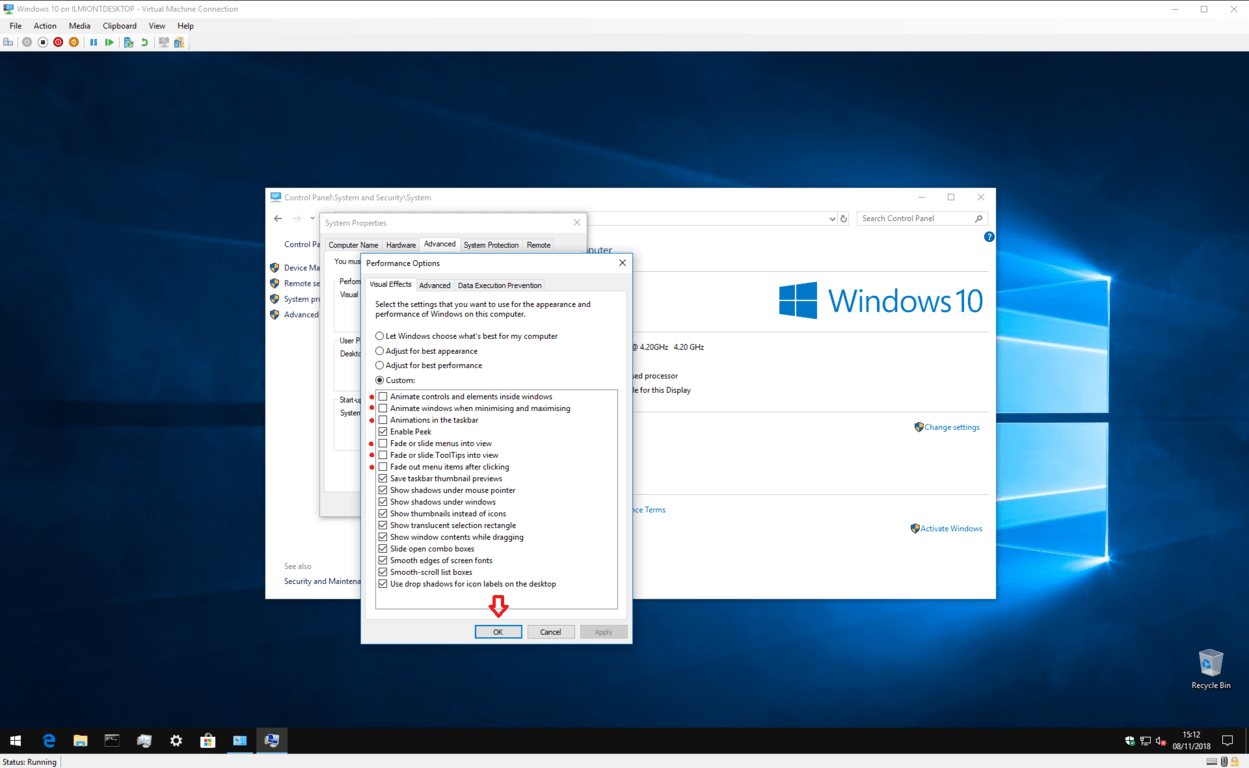How to Make Windows 10 Boot Up Faster
How to make Windows 10 feel faster by disabling animations
| | How-To
Windows 10 added a lot of design refinements to the Windows desktop. Especially since the introduction of Microsoft's new Fluent Design System, motion and animation has become much more prevalent throughout the user interface.
Disable Windows 10 animations
While Windows 10 animations can make for a more polished, streamlined feel, they also have a downside: speed. Each time you open the Start menu, you have to wait a moment while all the tiles animate in. The same occurs when you launch a new app, or minimize one to the taskbar. Windows animates the transition, so it's no longer instantaneous.

Fortunately, it is possible to disable most of these transitions altogether. You'll need to open Control Panel (press the Start key and type "control") and click on the "System & Security" tile. From here, choose the "System" option in the menu to land at the system overview page.

From the left context menu, click the "Advanced system settings" link. You'll see a tabbed window appear which allows you to adjust various configuration details for your device. It's a legacy window which has been around since Windows Vista – you can use this guide on older Windows versions to achieve similar results.

Click the "Settings…" button in the Performance section. You'll now be given a long list of checkbox options which let you customize individual elements of the Windows interface.
By default, almost all of the options will be ticked. Some of the effects are subtle, whereas others are more obvious. For this guide, we're focusing on the ones applicable to animations and transitions. You can experiment with the other settings if you like, but remember that some of them – especially the font-smoothing options – may make your desktop experience worse.
To disable animations, we recommend unchecking the following options:
- Animate controls and elements inside windows
- Animate windows when minimizing and maximizing
- Animations in the taskbar
- Fade or slide menus into view
- Fade or slide ToolTips into view
- Fade out menu items after clicking
Of course, you are free to choose not to disable some of these options – for example, you might want to disable window animations, but keep taskbar animations enabled. Once you're done making your selections, click the "Apply" button. The changes will be made immediately – no need to logout or reboot.
Assuming you followed our guidance above, Windows will now be almost entirely free of animations. App windows will appear instantaneously after launch. They'll also vanish and reappear immediately when minimizing and maximizing.

The same goes for the Start menu and most animated controls inside UWP apps from the Microsoft Store. You'll no longer have to wait for transitions to finish before you can interact with content on your desktop. You should notice that everything "feels faster" now there's no transitions to slow you down.
The overall effect is transformative if you're not interested in animated transitions. You're most likely to appreciate the change if you work heavily at your PC and regularly open and close windows. Everything will feel faster and slicker, as it occurs instantaneously. If you have a low-end device with a very weak graphics processor, you may even experience a real performance increase with laggy animations removed.
Naturally, this isn't a change everyone will welcome – many people enjoy animated transitions, which is why Microsoft is now using them so heavily. Transitions also have an important role in accessibility too, since a well-designed animation can help users to identify changes on the display. If you are interested, Microsoft provides a detailed look at Windows 10 animations and transitions for further reading.
Nonetheless, animations do make interfaces feel slower overall. If you use your PC mainly for work and find Windows 10 animations frustrating, turning them off could make you a little more productive.
Share This Post:
How to Make Windows 10 Boot Up Faster
Source: https://www.onmsft.com/how-to/how-to-make-windows-10-feel-faster-by-disabling-animations